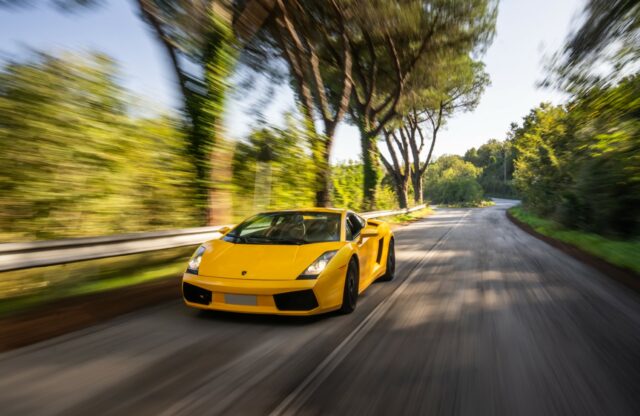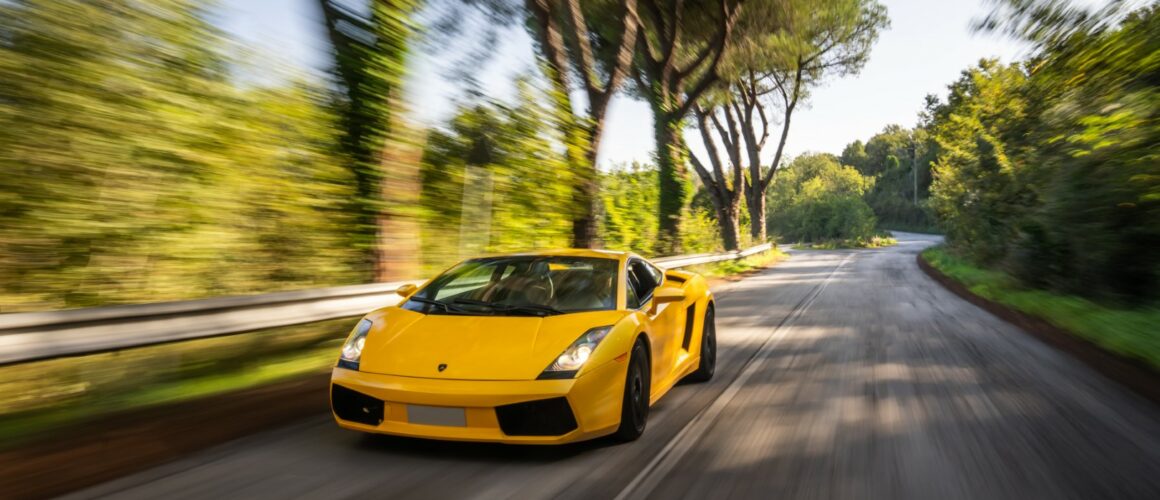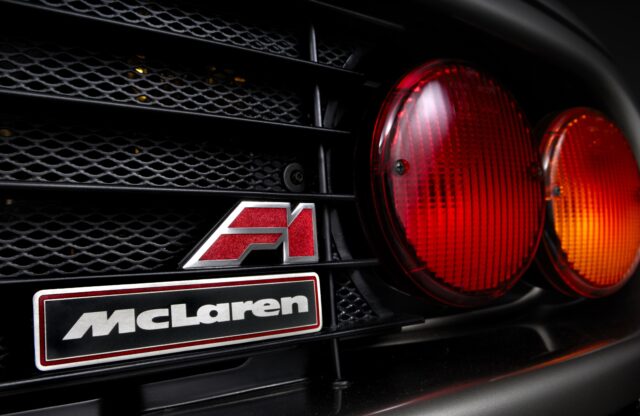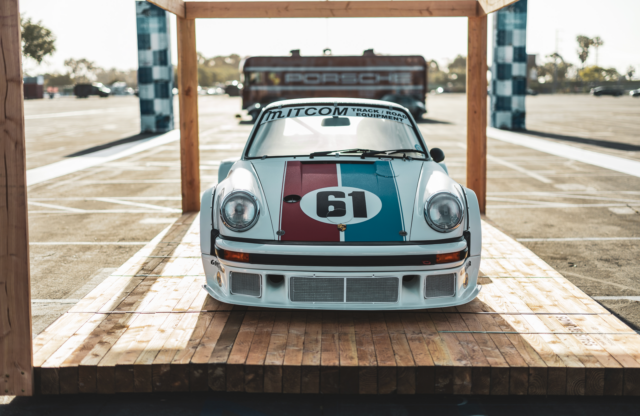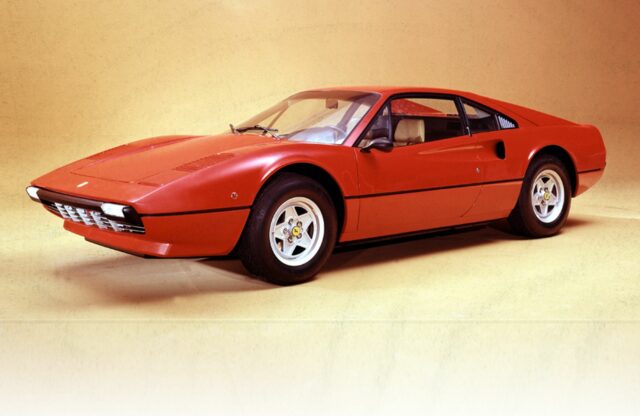WORDS: ELLIOTT HUGHES | PHOTOS: LAMBORGHINI
For Lamborghini, the Gallardo was a game changer. It first appeared 20 years ago, at the 2003 Geneva Motor Show, and, alongside the Murciélago, ushered in a halcyon era for the marque under VW Group ownership. It couldn’t have arrived at a better time.
Before the late 1990s, Lamborghini had spent decades teetering on the financial precipice, with successive owners struggling to guide the company towards sustained prosperity. That all changed in 1998, when Volkswagen AG purchased the Raging Bull amid a spending spree that also included the acquisition of Bugatti and Bentley.
The concept of a ‘baby Lambo’ was not a new idea. Back in the early 1970s, company founder Ferruccio Lamborghini identified the necessity for a more compact and affordable model. His vision first materialised as the woefully underpowered Urraco, which was followed by the 1981 introduction of the Jalpa.
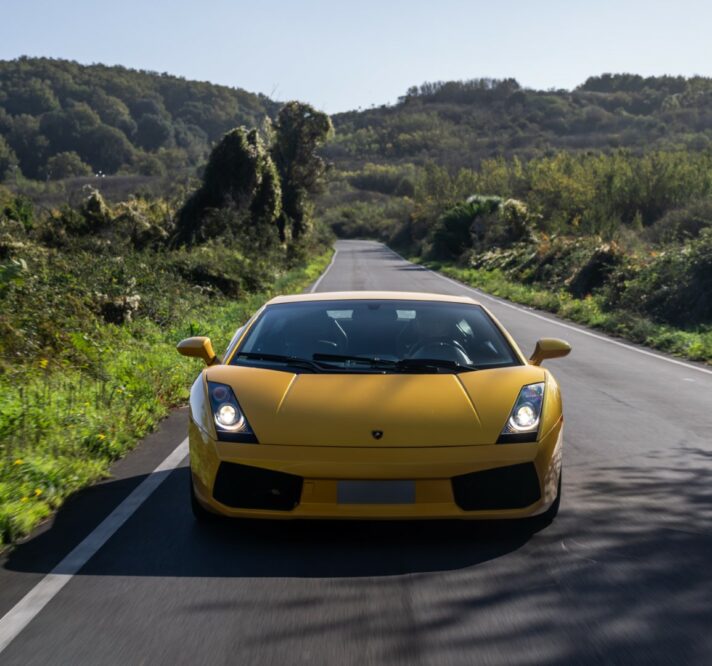
A boisterous blip of the throttle is followed by a cacophony of crackles and pops as unburnt fuel ignites in the exhaust tips
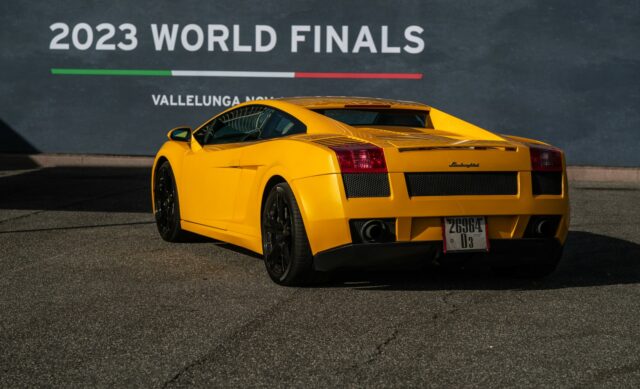
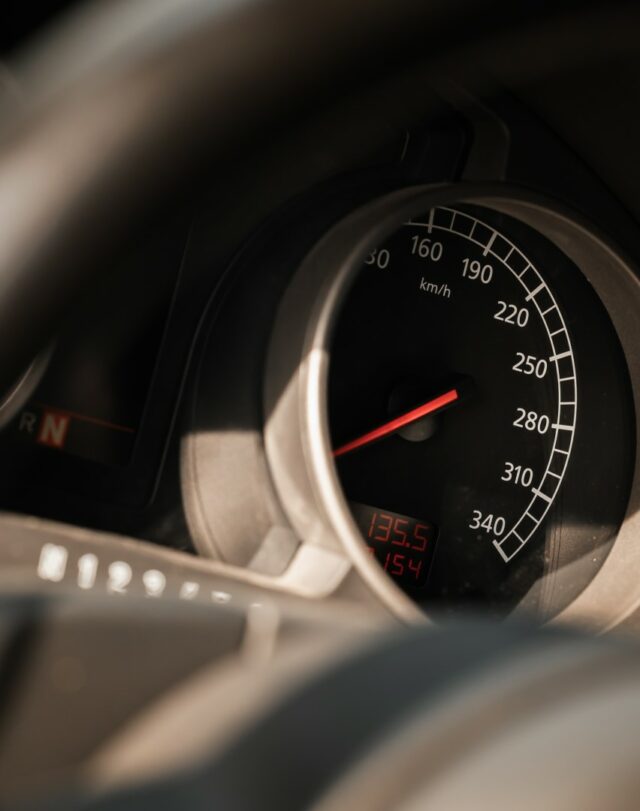
Then, in 1987 – the penultimate year of Jalpa production – Lamborghini instigated the P140, an all-new car that promised something no other road machine could offer at that point: a V10 engine.
Designed in-house by Maurizio Reggiani and Massimo Ceccarini, the Project 140’s V10 was an innovative but ill-fated creation. The 4.0-litre powerplant had its banks splayed by 72 degrees, and the transmission was positioned under the oil pan for packaging purposes. Unfortunately, this raised the engine’s centre of gravity and caused a litany of handling issues, which Lamborghini test driver Valentino Balboni demonstrated by deliberately spinning the prototype on the roads around the marque’s factory in Sant’Agata. Thus, Lamborghini abandoned its first attempt at a V10 road car and began searching for a V8 crate engine, before Project 140 was shelved after the recession of the early 1990s.
Under VW ownership and Audi control, the idea of a V10-powered ‘entry-level’ model was resuscitated in 1998, and, five years later, the Gallardo was born. The earliest Gallardos were fitted with a 90-degree 5.0-litre V10 that featured dry-sump lubrication, double overhead camshafts on each cylinder bank, variable valve timing and chain-driven distribution. Unlike later 5.2-litre Gallardos, the early 5.0-V10 was designed entirely by Lamborghini, with Audi manufacturing the block and crankcase before assembly in Sant’Agata.

In 5.0-litre models, 492bhp was sent to all four wheels through either a six-speed gated manual transmission or a robotised E-Gear option controlled by paddles on the steering column. The obligatory 0-62mph sprint was dealt with in 4.2 seconds, and top speed arrived at 192mph.
Complementing the powertrain was a lightweight tubular aluminium spaceframe with double-wishbone suspension and self-adjusting Koni dampers at each corner. Bringing it all together was striking, sharp-edged bodywork penned by Luc Donckerwolke that dramatically contrasted with the softer and more curvaceous look of the Gallardo’s main rival, the Ferrari 360 Modena.
To gauge the success of the Gallardo, consider this: by the time its decade-long production concluded in 2013, nearly half of all Lamborghinis manufactured in the company’s 50 years of existence were Gallardos. The torch was then passed to the model’s successor in 2014, the Huracán, which continued to build on the Gallardo’s success, reaching the production milestone of 20,000 units in 2022.
Here in 2023, it’s a credit to Donckerwolke that the 2004 Gallardo from Lamborghini’s own heritage collection is just as attention-grabbing as it was two decades ago. Basking in the Italian sunshine, its lustrous Giallo Midas paintwork sparkles, highlighting every contour, vent and louvre slashed into the surface of its sleek silhouette. To these eyes, a Ferrari 360 looks somewhat amphibian and dated by comparison.
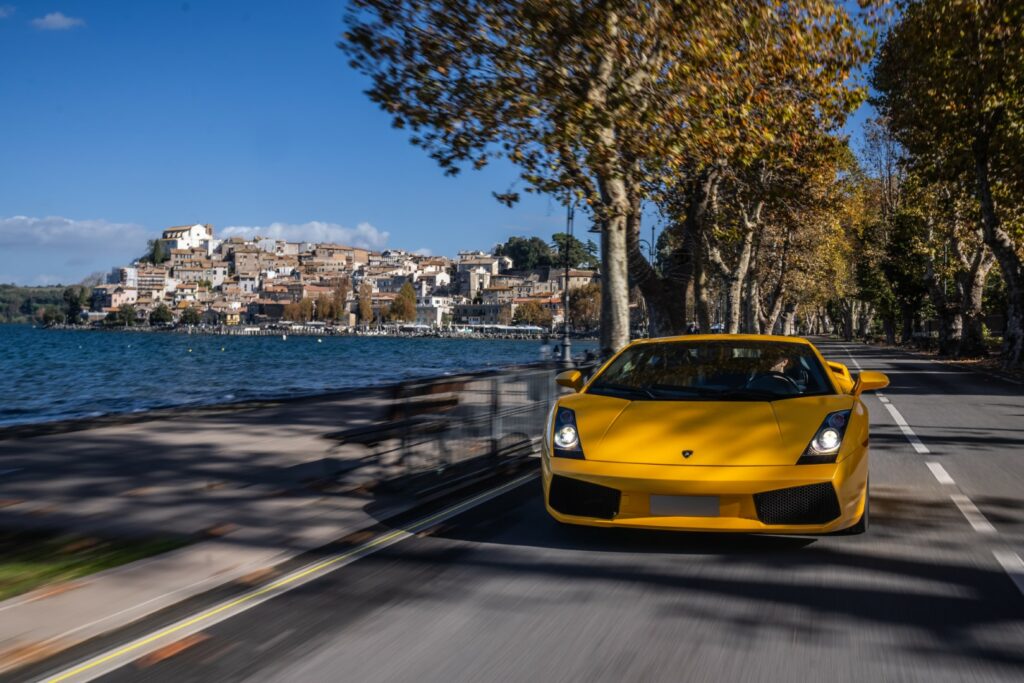
Things are a little less convincing once you release the door handle hidden in the gaping mouth of the side air intake, to reveal the interior. The instruments, digital displays and switchgear make the Gallardo’s Audi DNA immediately obvious, and the black finish on many of the soft-touch plastic buttons has worn to reveal white plastic beneath – a common gripe with VW Group cars of the era. Bizarrely, even the grey leather upholstery and the smell of the interior are reminiscent of a recent drive in an Audi A2.
The Gallardo experience gets far more exotic once you twist the key, however. In an instant, the starter motor delivers a lively, rhythmic chug, followed by a brusque, baritone bark from the exhaust that announces ten-cylinder ignition. Now, it’s time to get comfortable and focus on the business of driving.
As with the majority of Gallardos, this particular car is fitted with the six-speed robotised E-Gear transmission, which is operated via small paddle-shifters that rather aptly resemble the horns of a bull calf. Pull the right paddle towards you, and there’s an audible thunk as the first ratio is selected. At low speed, the transmission feels jerky from a modern perspective. The secret is to patiently feather the throttle until you’re out on the open road.
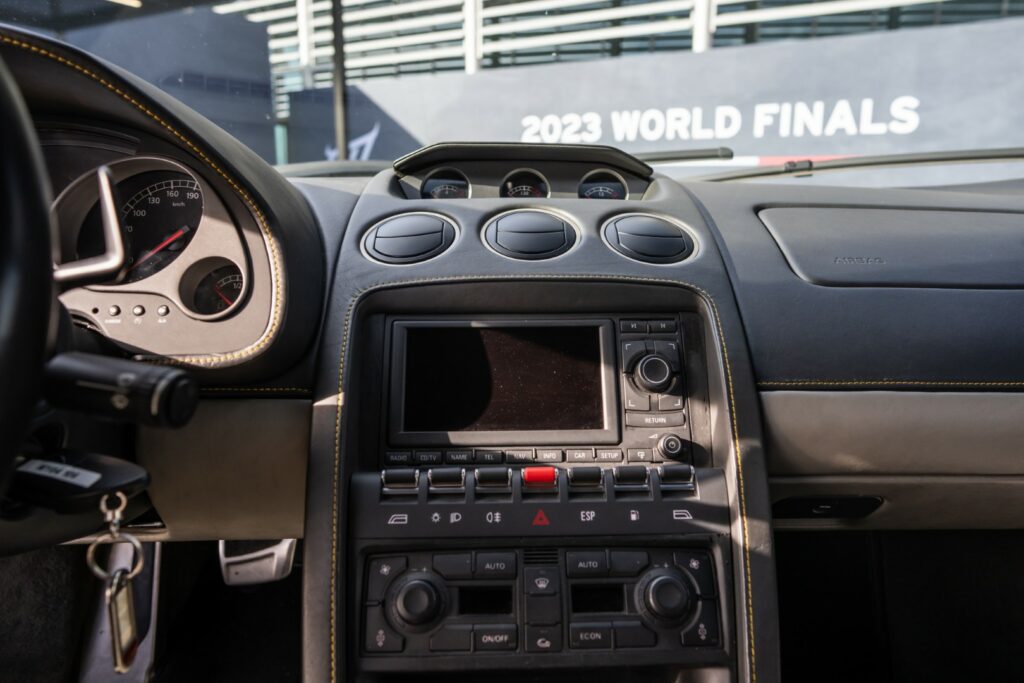
This is where the Gallardo comes alive. Press the floor-hinged throttle pedal into the carpet, and the 5.0-litre V10 growl becomes an operatic howl once you reach 3500rpm. The off-beat wail then builds in ferocity, encouraging you to wring out the V10 all the way to its 8000rpm red line.
Then, lift off the throttle and wait a few seconds for the needle to retrace its path down the rev counter. At 5000rpm, pull the left paddle, and a boisterous blip of throttle is followed by a cacophony of crackles and pops as unburnt fuel ignites in the exhaust tips. It’s a musical experience and serves as a tonic for today’s era of electrification and forced induction.
The transmission is still jerky out on the open road, but it’s nowhere near as bad as expected. Shifting becomes noticeably smoother if you lift off between gearchanges, and, if anything, the rawness of the ‘box enhances your engagement, amplifying the theatrics of the powertrain as your head is propelled back and forth with each gearchange. That said, it’s not hard to see why the E-Gear system would become tiresome with regular miles, particularly when you have to engage neutral at each stoplight to prevent prematurely wearing out the clutch.
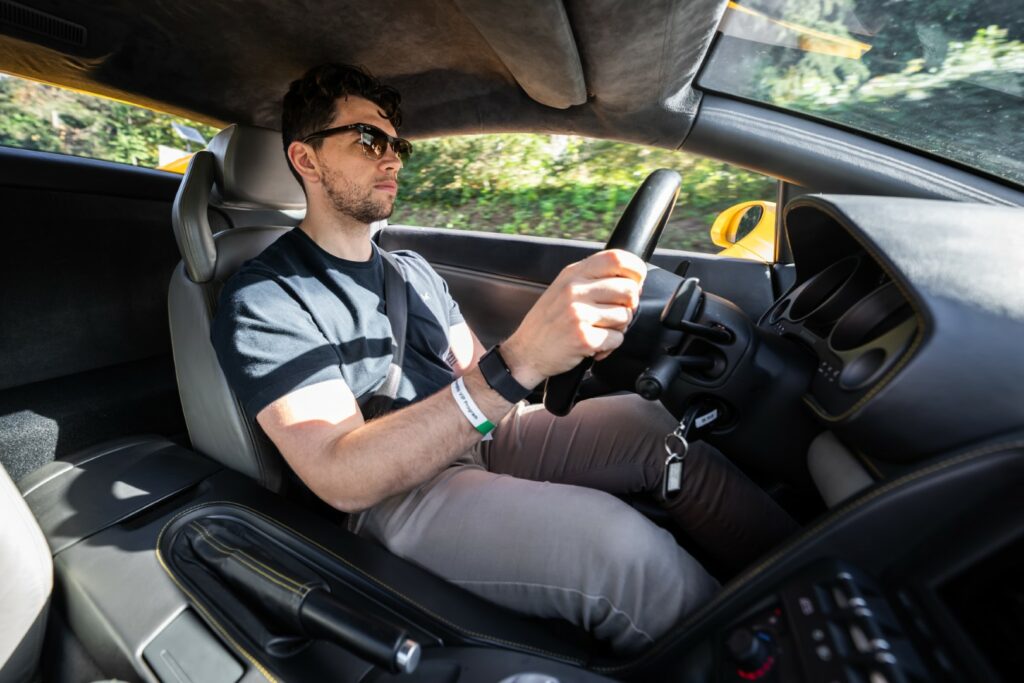
Once you peel off the autostrada and onto the tendrils of Italy’s mountain roads, the Gallardo exhibits friendly handling characteristics that belie the predatory snarl of the V10 behind your shoulder blades. The power steering feels weightier and more tactile than that of a modern supercar, and the rack is a touch slower, making the front end feel less pointy than you might expect. There’s also little evidence of the characteristic understeer on turn-in that plagues other four-wheel-drive cars.
Ride quality is pretty good, too. The suspension provides plenty of feedback and is more supple than a Huracán’s. It also does a surprisingly good job of soaking up the plethora of bumps and potholes littering the back roads of southern Italy.
The Gallardo’s poise gives you the confidence to push, leaning on the linear feel of the brake pedal before encountering copious amounts of four-wheel-drive grip as you reapply the throttle. You could argue that it’s the only supercar from the era that is at least as usable as the Honda NSX and Porsche 911 Turbo – who would have thought that about a Lamborghini?
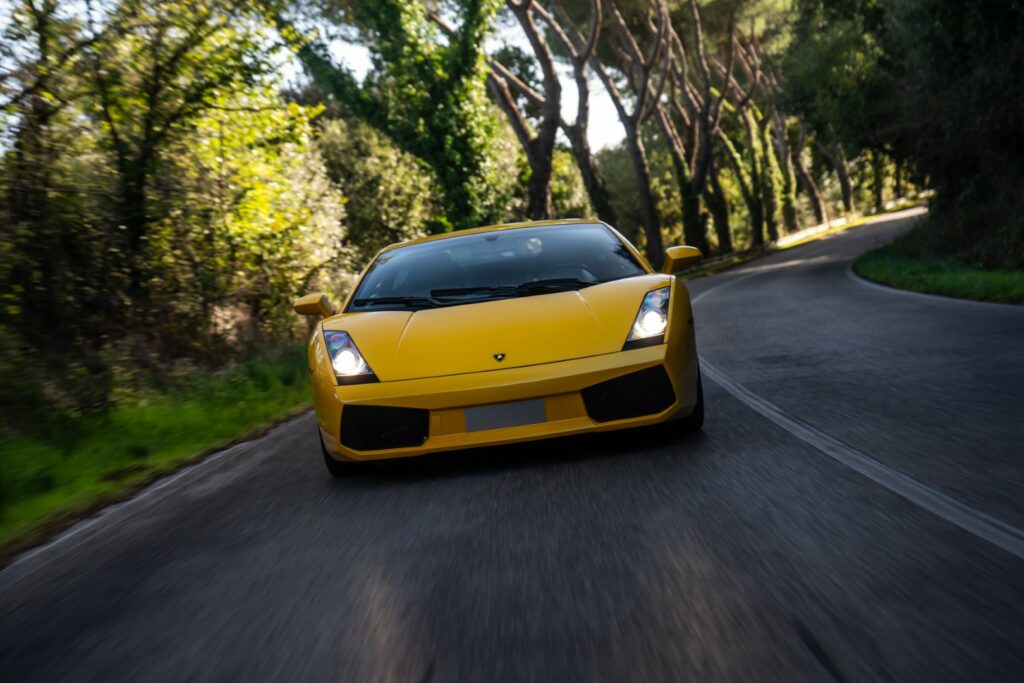
Luckily for enthusiasts, the Gallardo’s success and the volume of its production mean that it remains an affordable prospect in the used supercar market. Hagerty currently values early examples in good condition at around $90,000, but values are climbing. At that price, and with V10 engines on the verge of extinction, the Gallardo is an enticing prospect 20 years after launch. There’s no better endorsement than that.
